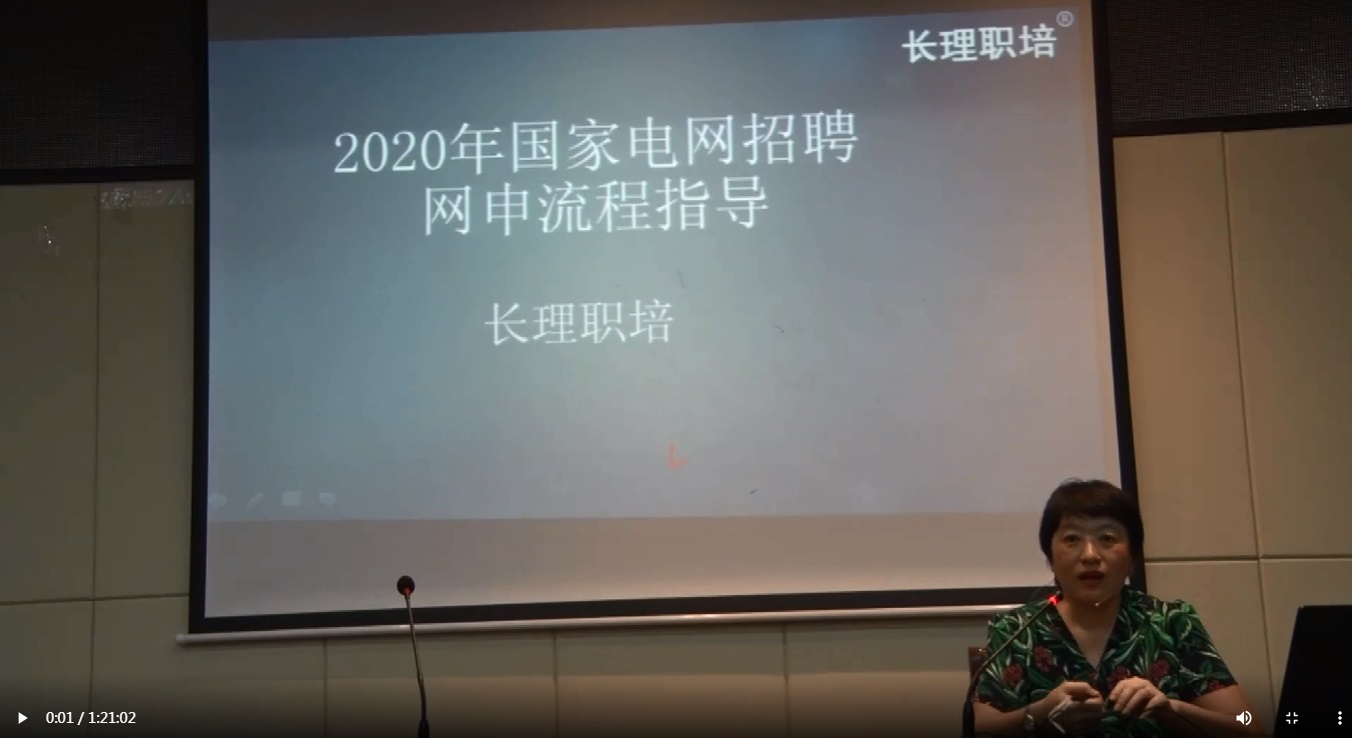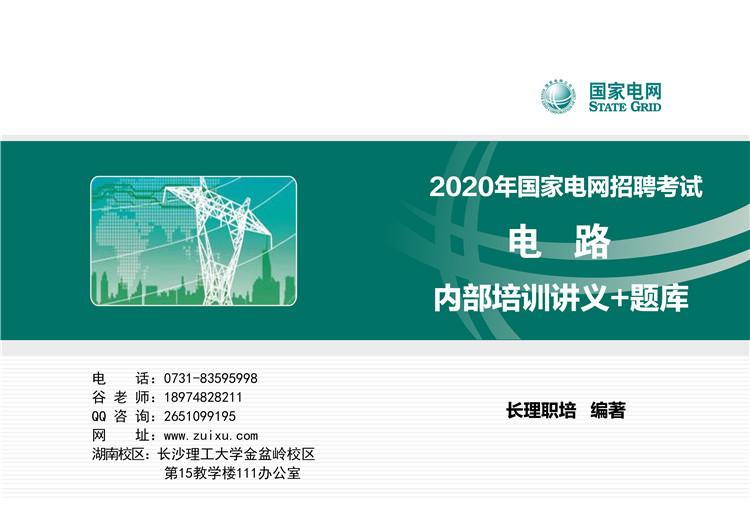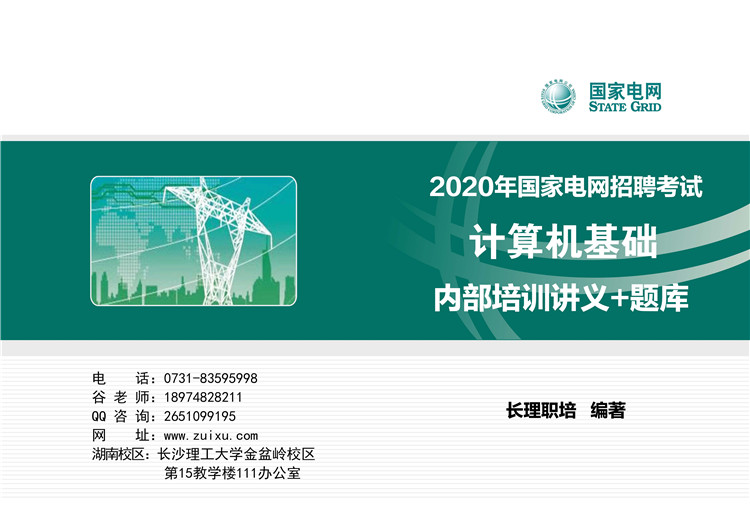2018年大学英语六级考试阅读模拟试题:第十二题
Fresh water life itself, has never come easy in the Middle East. Ever since the Old Testament(旧约圣经) God punished man with 40 days and 40 nights of rain, water supplies here have been dwindling. The rainfall only comes in winter, Inshallah ----- Good willing –and drains quickly through the semiarid land, leaving the soil to bake and to thirst for next November.
The region’s accelerating population, expanding agriculture, industrialization, and higher living standards demand more fresh water. Drought and pollution limit its availability. War and mismanagement squander it. Says Joyce Starr of the Global Water Summit Initiative, based in Washington, D. C.” Nations like Israel and Jordan are swiftly sliding into that zone where they are suing all the water resources available to them. They have only 15 to 20 years left before their agriculture, and ultimately their food security, is threatened.”
I came here to examine this crisis in the making, to investigate fears that “water wars “are imminent, that water has replaced oil as the region’s most contentious commodity. For more than two months I traveled through three river valleys and seven nations -----from southern Turkey down the Euphrates River Syria, Iraq, and on to Kuwait; to Israel and Jordan, neighbors across the valley of the Jordan; to the timeless Egyptian Nile.
Even amid the scarcity there are haves and have – notes. Compared with the United States, which in 1990 had a freshwater potential of 10000 cubic meters(2.6 million galloons) a year for each citizen, Iraq had 5 500, Turkey had 4 000, and Syria had more than 2 800. Egypt’s potential was only 1 100. Israel had 460, Jordan a meager 260. But these are not firm figures, because upstream use of river water can dramatically alter the potential downstream.
Scarcity is only one element of the crisis. Inefficiency is another, as is the reluctance of some water – poor nations to change priorities from agriculture to less water – intensive enterprises. Some experts suggest that if nations would share both water technology and resources, they could satisfy the region’s population, currently 159 million. But in this patchwork of ethnic and religious rivalries, water seldom stands alone as an issue. It is entangled in the politics that keep people from trusting and seeking help from one another. Here, where water, like truth, is precious, each nation tends to find its own water and supply its own truth.
As Israeli hydrology professor Uri Shamir told me :” If there is political will for peace, water will not be a hindrance. If you want reasons to fight, water will not e a hindrance. If you want reasons to fight, water will give you ample opportunities.”
1. Why “for next November” (para.1)? Because________.
A. according to the Ole Testament fresh water is available only in November
B. rainfall comes only in winter starting form November
C. running water systems will not be ready until next November
D. it is a custom in that region that irrigation to crops is done only in November
2. What is the cause for the imminent water war?
A. Lack of water resources B. Lack of rainfall
C. Inefficient use of water D. All the above
3. One way for the region to use water efficiently is to _______
A. develop other enterprises that cost less water
B. draw a plan of irrigation for the various nations
C. import water from water – rich nations
D. stop wars of any sort for good and all
4. Uri Shamir’s viewpoint is that ________.
A. nations in that region are just fighting for water
B. people there are thirsty for peace instead of water
C. water is no problem as long as there is peace
D. those nations have every reason to fight for water
5. The author’s tone in the article can be described as ______-.
A. depressing B. urgent C. joking D. mocking
参考答案:BDACB
编辑推荐:
下载Word文档

温馨提示:因考试政策、内容不断变化与调整,长理培训网站提供的以上信息仅供参考,如有异议,请考生以权威部门公布的内容为准! (责任编辑:长理培训)






















点击加载更多评论>>